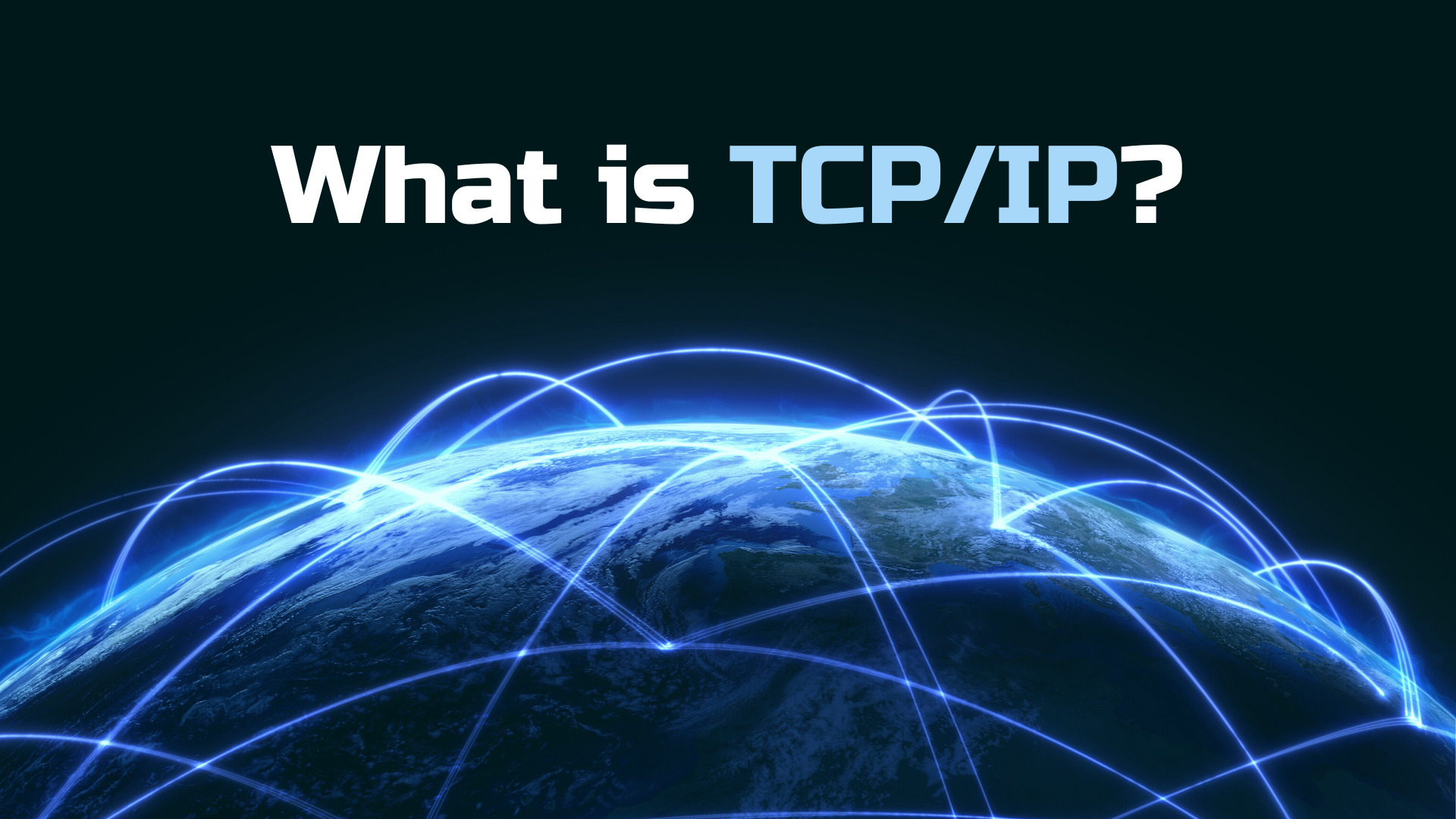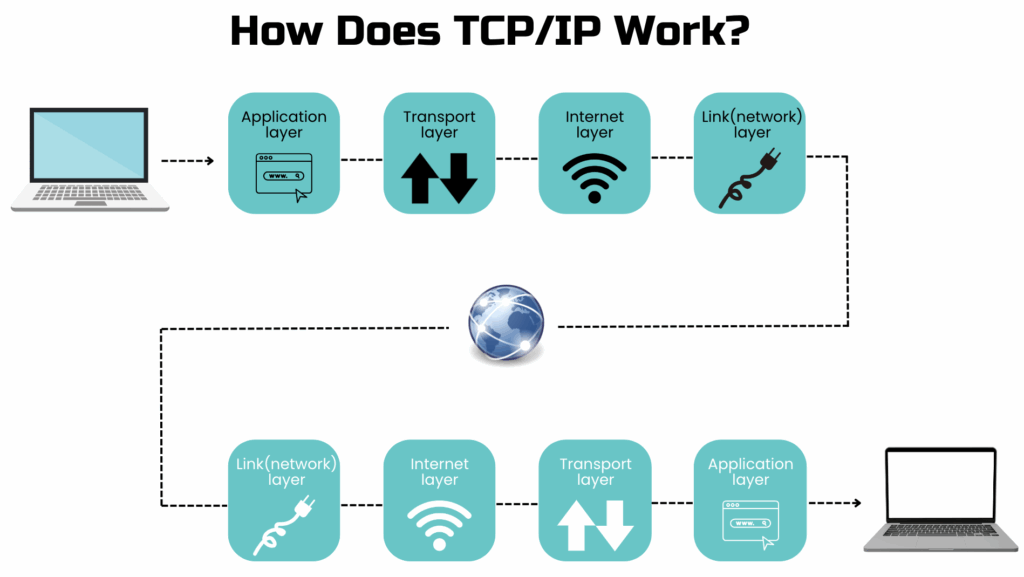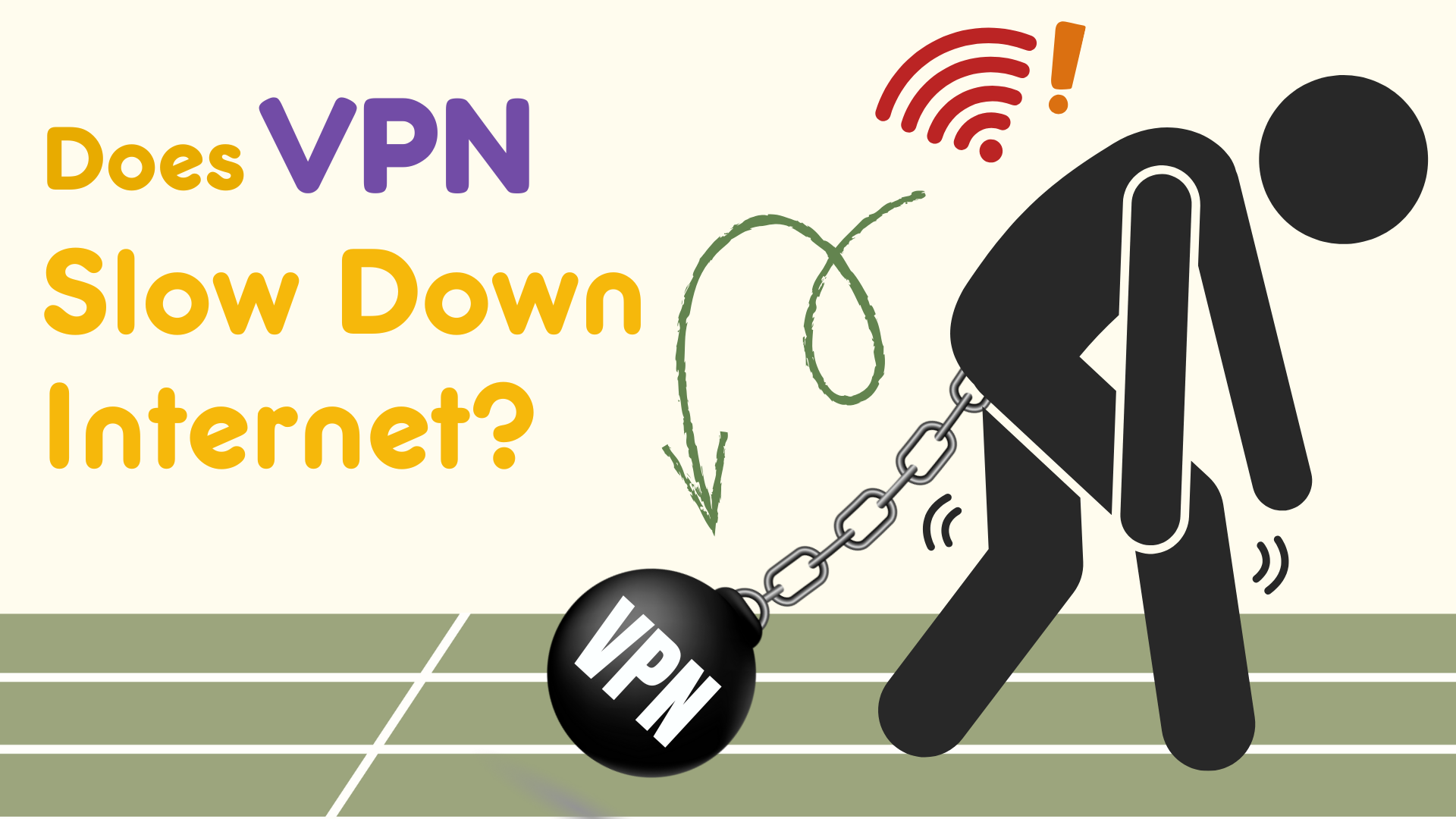
Every time you open a browser, send a message, or watch a video, you’re relying on technology that you probably don’t realize is at work behind the scenes: TCP/IP. It’s the invisible digital structure that allows computers, phones, and servers all over the world to communicate. Without it, the internet as we know it wouldn’t exist.
While TCP/IP is a technical term, you don’t need to be a network engineer to appreciate what it does. We still rely on this technology more than 50 years after its introduction. That’s why it’s worth understanding what TCP/IP is, how it works, and why TCP/IP is so reliable, despite some lingering vulnerabilities.
Table of Contents
A Brief History of TCP/IP
In the 1970s, researchers working for the United States Advanced Research Projects Agency (ARPA) developed ARPANET, a wide-area network designed to quickly and easily share computer data between university and government facilities throughout the nation.
At the time, various communication methods (protocols) were in use, so connecting networks was challenging. Vinton Cerf and Robert Kahn, two of the key figures in networking history, developed a solution: Transmission Control Protocol and Internet Protocol. This combination of TCP and IP created a universal method for machines to break information of any length into small pieces, send them across various kinds of networks, and reliably reassemble them for use at the other end.
By the early 1980s, TCP/IP was adopted as the standard for ARPANET, and from there it spread globally. Today, almost every device that goes online uses TCP/IP, from massive data centers to your mobile phone in your pocket. ARPANET was the predecessor of the Internet, a project that inspired a variety of essential network technologies like domain names to look up particular servers, SMTP for email communication, and the World Wide Web, which makes vast stores of information available to us all.
What Does TCP/IP Stand For?
The two acronyms sound complicated, but breaking them down into the roles each plays helps make sense of this essential networking system.
TCP stands for Transmission Control Protocol. It’s like a detail-oriented worker who ensures your message arrives complete, in the right order, and without errors. If something goes missing, TCP notices and requests the message to be sent again.
IP is the acronym for Internet Protocol, which is an addressing system. IP makes sure each piece of information knows where it’s going and how to get there. Every device has an IP address that serves as a digital mailing address.
Together, they work like a postal service run by a very careful clerk (TCP) that uses a global address book (IP) to direct messages to the correct location. This isn’t the only way to exchange data, but it is the most widely used and reliable method.
How TCP/IP Works in Practice
When you send a photo over email, it doesn’t travel as one hefty file. Instead, TCP breaks it into smaller packets. Each packet is stamped with your IP address and the destination’s IP address, then sent into the network.
The packets don’t always take the same path. One might go via a router in New York, another through London, before both reach the recipient’s home in Paris. Once all of the data packets arrive, TCP reassembles them into the original photo, ensuring each packet is in the correct order.
A useful analogy is mailing a book one page at a time. Each page is numbered and has the destination, or IP address, written on it so the recipient can put them back in order. If page 45 is missing, TCP notices and requests a resend.
If you use a VPN, your data might take a particular route to help unblock a video stream or safeguard against spying.

The Four Layers of TCP/IP
TCP/IP is often described in terms of layers. These aren’t physical layers of wires and chips but logical steps that work together every time you connect online.
Link layer
The link layer handles the physical and local connections, such as Ethernet cables, Wi-Fi, or mobile data. This communication occurs on the local network, the first step on a path that could span the world.
Internet layer
The internet layer is where data is divided up into packets and tagged with specific routing instructions and IP addresses to guide the message to the correct destination.
Transport layer
The transport layer ensures data reliability. TCP is the most common choice here, but UDP (User Datagram Protocol) is also used when speed is more important than perfection. For example, video streaming sites often choose UDP.
Application layer
This is what we actually interact with in browsers, email, video calls, games, and more. The application layer can use various communication protocols, like File Transfer Protocol (FTP), Simple Mail Transfer Protocol (SMTP), Hypertext Transfer Protocol (HTTP), and Hypertext Transfer Protocol Secure (HTTPS).
You don’t have to think about these layers when browsing, but they’re all in play. For example, when you load a website, your computer might connect over Wi-Fi (link layer), use an IP address to find the right server (internet layer), employ TCP to deliver each packet correctly (transport layer), and finally display the page in your browser (application layer).

Why TCP/IP Is So Reliable
One of the reasons the internet grew so quickly is the resilience built into TCP/IP. Three components ensure reliable data exchange: error checking, retransmission, and flexible routing.
- Error checking: TCP includes a code calculated from the message being sent (a checksum) that’s used to verify each packet. If a packet is damaged in transit, TCP requests it again.
- Retransmission: Missing packets don’t result in a communication failure, simply triggering a request to resend.
- Routing flexibility: If one network path is congested or blocked, packets can take another route.
This self-correction makes the system remarkably robust. Even if entire sections of the internet go down, packets usually find another way to get through. That kind of adaptability is why TCP/IP has lasted for decades without being replaced.
TCP/IP Beyond the Internet
Although we usually talk about TCP/IP as technology for the Internet at large, it’s just as important on smaller networks.
On local connections in offices, schools, and even your home, Wi-Fi and Ethernet use TCP/IP to connect devices. Mobile networks like 4G and 5G connections also rely on TCP/IP under the hood. Where there’s a network, you’ll usually find TCP/IP quietly running behind the scenes to make sure everything connects and communicates smoothly.
It even simplifies cross-platform connections. A Windows PC, a Mac, an Android phone, and an iPhone can share an online connection via USB tethering because they all support the same TCP/IP networking protocols.
This universality is part of what makes the protocol so powerful. No matter which device or operating system you’re using, TCP/IP bridges the gap.
TCP/IP and Security Considerations
The creation of TCP/IP preceded the Internet, arriving when networks were small and mostly trusted. Solid connections have always been essential, but security wasn’t the top priority. That leaves some vulnerabilities, given the challenges we face today:
- Packet sniffing: Hackers can intercept packets on unsecured networks.
- Spoofing: Attackers can disguise their IP address to impersonate someone else.
- Denial-of-service (DoS): Flooding a system with bogus packets can overwhelm it.
That’s why cybersecurity tools have become such a crucial companion to TCP/IP. When you use a VPN, your data packets are wrapped in an encrypted tunnel, making them unreadable to anyone who intercepts them.

The Future of TCP/IP
Even after half a century, TCP/IP isn’t standing still. The original addressing system, IPv4, only allowed about 4 billion unique addresses. Since nearly everyone has a phone in their pocket and many own connected TVs, laptops, computers, and smart home devices, that’s not enough. The new IPv6 addressing system expands the pool to trillions of addresses, ensuring room for growth.
There are also new transport protocols. QUIC, a protocol developed by Google, builds on TCP ideas but offers faster, more secure connections, especially for web traffic. It doesn’t stop there. Security, speed, and reliability are often enhanced by adding layers to TCP/IP.
Despite the many innovations, TCP/IP remains a solid and pervasive foundation that’s flexible enough to work with new technologies without breaking the system.
Why TCP/IP Matters to You
Most people don’t need to configure routers or understand all the details of networking. Yet having insight into how TCP/IP works explains a great deal about daily internet use.
For example, it makes sense that video calls sometimes stutter when packets are lost. TCP/IP may have requested a resend or reroute to make sure the data gets through.
Since we know an IP address is assigned to every device connected to the internet and helps TCP/IP with routing, the mechanism behind geoblocking is clear. Unless you use a VPN to hide where you are in the world, your IP address lets streaming services, ISPs, and sometimes government agencies find you.
It’s the hidden infrastructure of your digital life, something you benefit from constantly without noticing.
TCP/IP Summary
TCP/IP is the pervasive, essential technology that silently works in the background to let you send a text from your phone to someone halfway across the world, browse news, shop online, stream videos, and check your email. Its clever design, splitting data into packets, routing them flexibly, and ensuring reliable delivery, has made it the universal language of the internet.
At the same time, it’s worth remembering that TCP/IP itself doesn’t guarantee privacy. For that, you need modern encryption tools. Services like X-VPN add the missing layer of protection, keeping your TCP/IP traffic safe from snooping and tampering.
Half a century after its introduction, TCP/IP is still doing exactly what it was designed for: keeping the world connected.
FAQs
What’s the difference between TCP and UDP?
TCP guarantees reliable delivery, while UDP skips the error checking for speed. That makes UDP a better choice for things like online gaming or live video, where a few missing packets don’t matter as much as low latency.
Why do we need both TCP and IP?
IP handles addressing and routing, but doesn’t identify errors. TCP adds the reliability, making sure packets arrive complete and in order. They’re two halves of a whole.
Will IPv6 replace IPv4 completely?
Eventually, yes. But the transition is slow. Many networks use both in parallel through a method called dual stack. Over time, IPv6 will succeed IPv4 as the standard.




